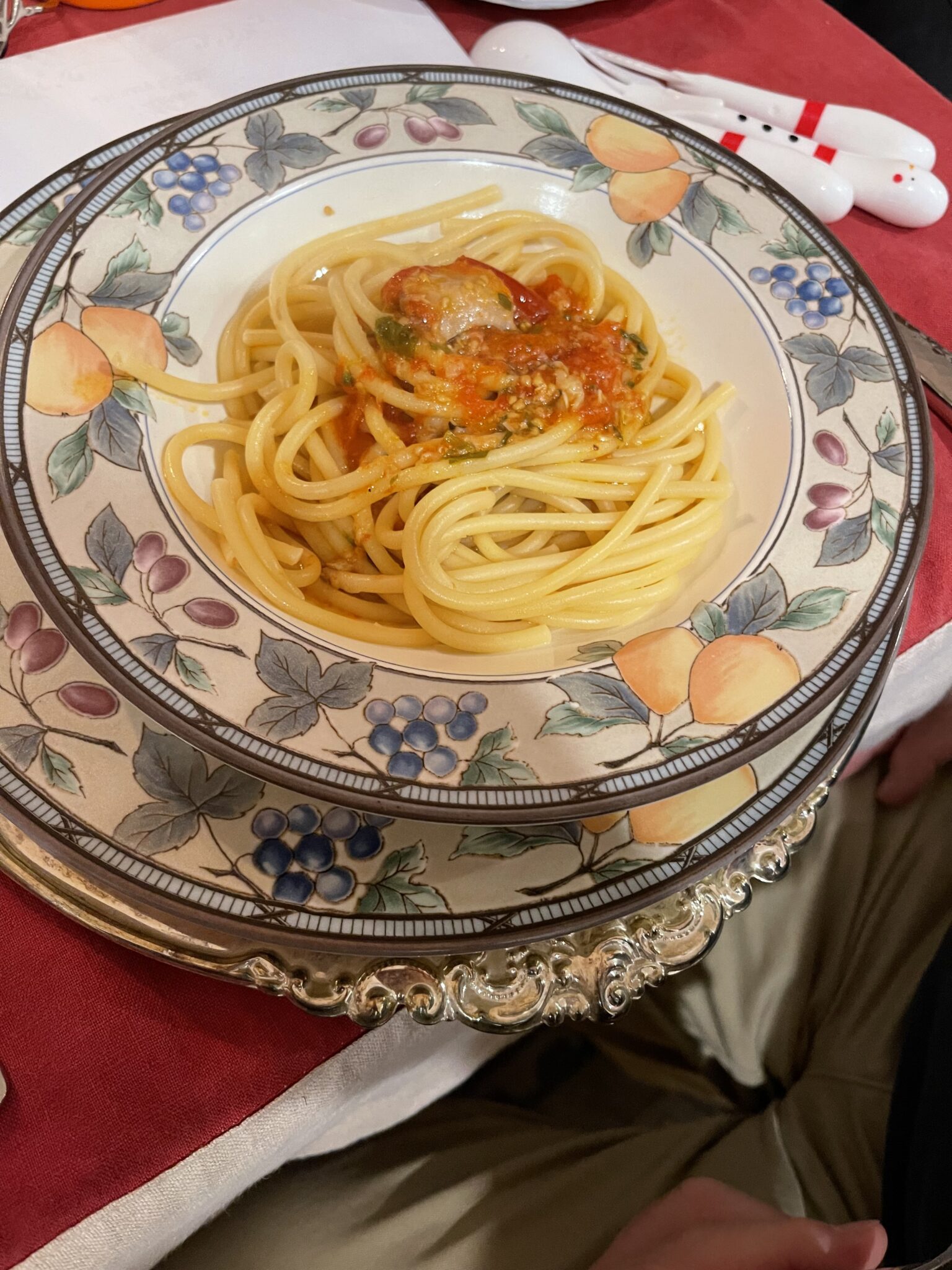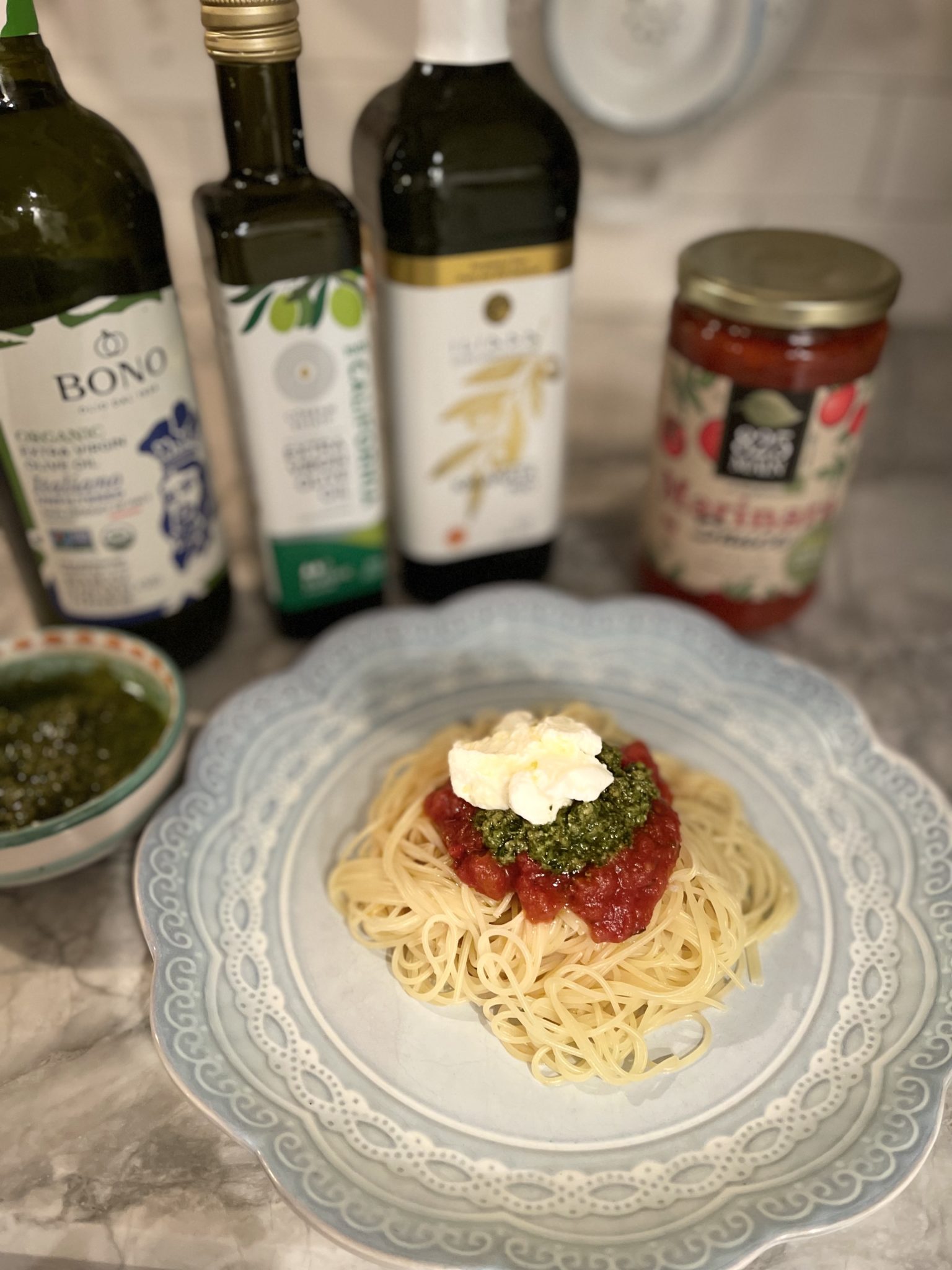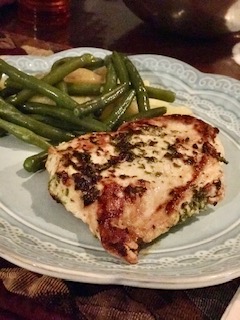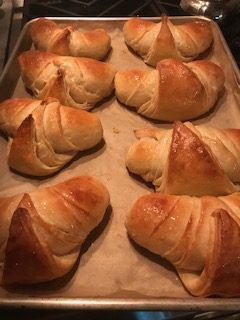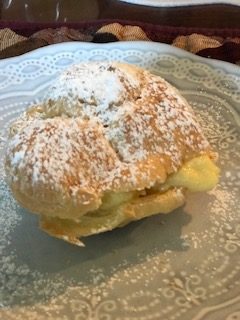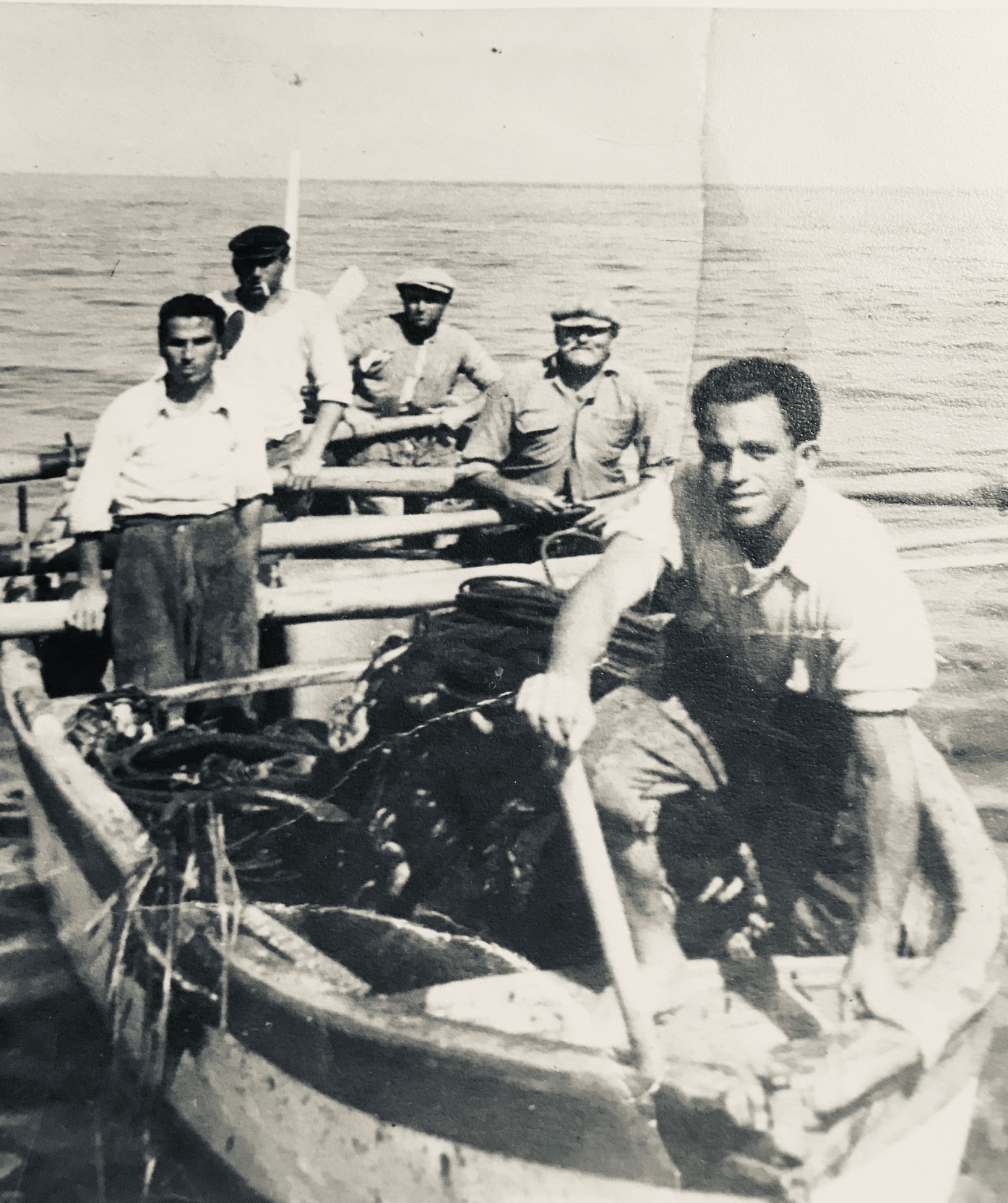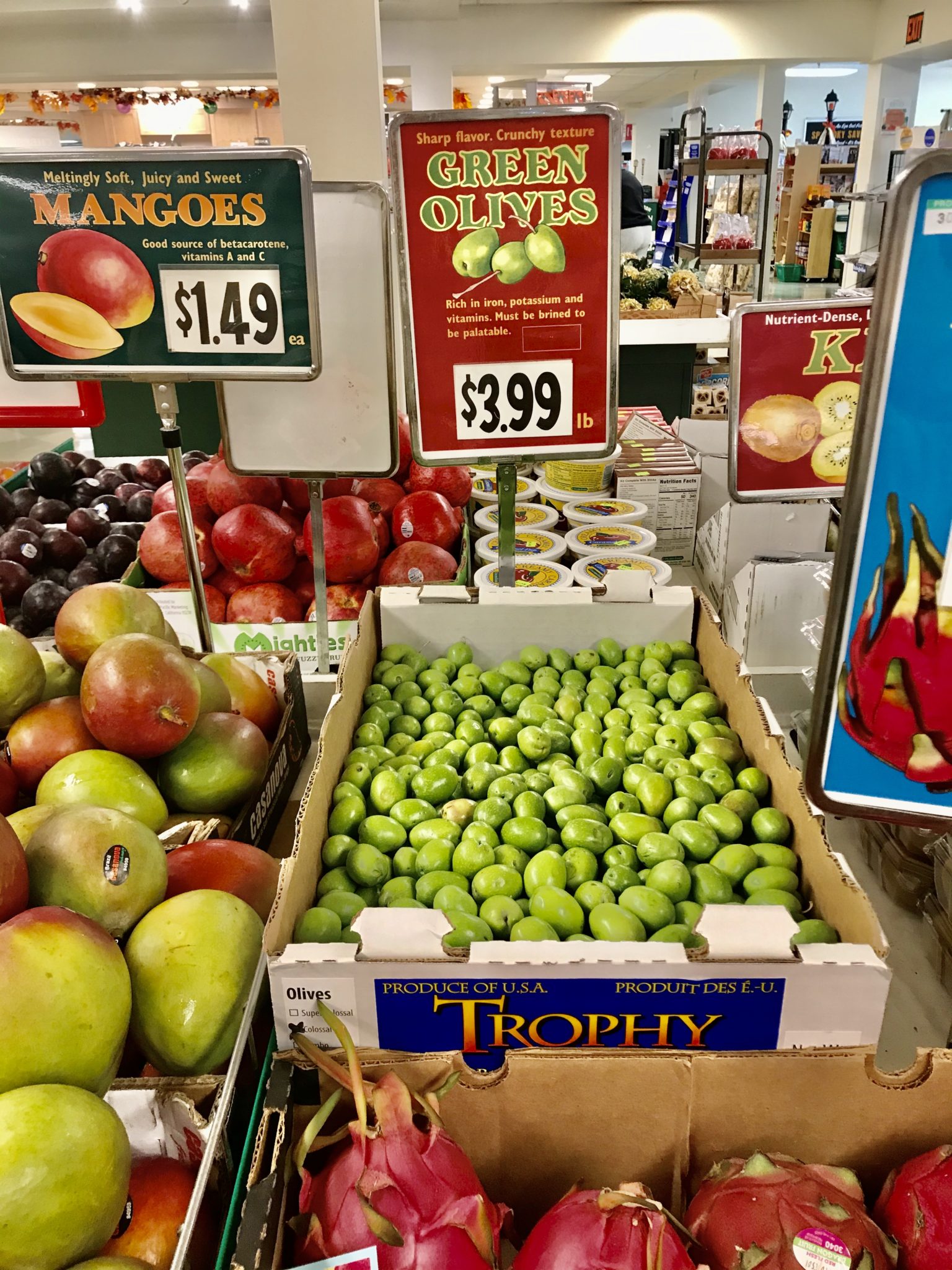Recipes: Family Favorites
Pasta Amalfitano
Layer this fresh pesto recipe with 825 MAIN Marinara and Ricotta cheese, drizzle with Extra Virgin Olive Oil and serve over your choice of pasta al dente! Fresh Basic Pesto Recipe Ingredients: 2 cups of chopped fresh basil½ cup grated cheese either Parmagiano or Romano (Do not use shelf stable type) ½ extra virgin olive oil ¼ … Read more
Sfogliatelle (say what?)
I grew up in a big Italian family where English was not spoken in the house. My big Italian family consisted of not only my parents but also my grandparents, 7 aunts and 7 uncles, all of whom were Italian immigrants just entering the US. I was the first born American in our family. As much … Read more
My Brilliant Mamma
This dish is a family favorite! I can remember my grandfather starting the grill. He didn’t use charcoal just wood in a barbecue pit. The mint pesto was made with his own white wine vinegar which was way stronger than commercial vinegar. He used it whole chicken or fish. My version is adapted to make it a quick meal on your stove top. Enjoy!
Easter Monday – Pasquetta
Growing up my mom always referred to the Monday after Easter as Lunedi in Albis (Monday in White). But as a national holiday throughout Italy, it’s called Pasquetta (Little Easter). After the somber week of reflecting on Jesus dying for us and rising from the dead the Italians get together informally on the Monday after Easter. They enjoy heading outdoors to enjoy the spring sunshine and warm breezes with family and friends, packing up the leftovers from the Easter feast into picnic baskets.
Un’Caffe! Please!
As I sit here with my cup of espresso made with my moka pot, dunking an S shaped Italian cookie into the espresso, I pretend I am gazing at the Mediterranean Sea alongside my sister.
Let’s bake while we wait!
It’s been such a whirlwind of a few months. I am writing this blog post today sitting at my desk. But if all was right with the world, I would it to be sitting under a lemon tree on the Island of Ischia in Italy with my beautiful sister. In January while the news from China … Read more
Tour of Northern Italy’s Pasta and Sauces
These past two weekends I enjoyed giving seminars to the customers of Adams Fairacre Farms in Poughkeepsie and in Wappinger Falls. During the dreary winter months in January and February Adams Fairacre Farms gives the customers an opportunity to learn and enjoy some interesting subjects! I was invited to share what I know as well. So I … Read more
Cured Green Olive Recipe
I grew up watching my grandparents on both sides of the family, can all kinds of produce besides just tomatoes. Vegetables were marinated and jarred for the winter. Peaches were peeled and halved in a sugary syrup. My family would also cure olives. They were jarred in a salty brine and cured for months. In the last few … Read more

